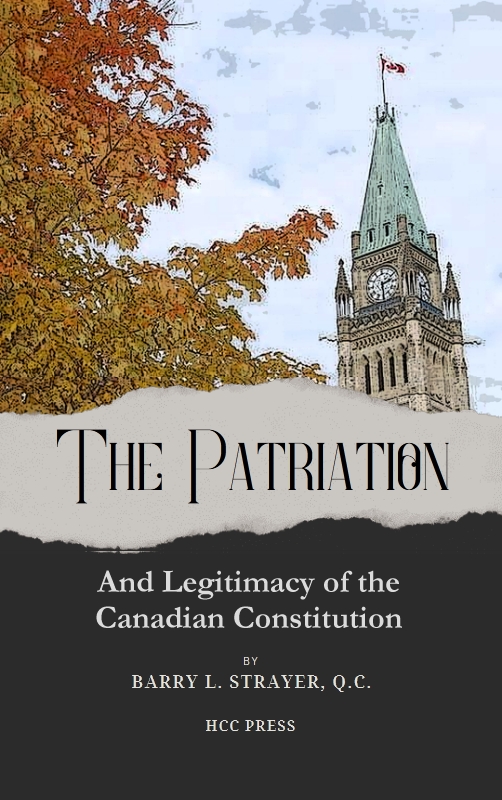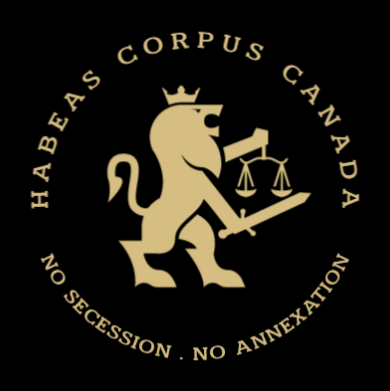say! But at least I can conclude that in eight provinces the approval of legislatures was not considered an essential component of political legitimacy for these constitutional amendments.
The Supreme Court of Canada
Let us turn to another important actor in the constitutional drama, the Supreme Court of Canada.
Throughout this period there was widespread support in the press for the whole question being put to the Supreme Court to decide whether or not the process for patriation and amendment was proper.18
It appears that the federal government was not so enthusiastic about putting that question before the Supreme Court; it never did so, although it alone had the power to take a direct reference.
The dissenting provincial governments — the “gang of eight” — appeared to have a somewhat ambivalent approach to judicial review. For those provinces opposed to entrenchment of a Charter, with their fears of turning over to the courts the making of public policy, it seemed to be inconsistent to go to the courts in order to settle what was essentially a political issue. Some provincial representatives, while the cases were pending before the courts, warned that judicial decisions really could not resolve the problem and, even if the law were on the side of the federal government, that should not settle the matter. After the decision of the Supreme Court, however, those same representatives on both sides of the issue seemed to embrace the Court’s various judgments for whatever comfort they could derive.
I wish to make two observations about the ultimate role of the Supreme Court. First, I think it is undoubtedly true that the Supreme Court judgment had a decisive effect on the outcome of the First Ministers’ conference which followed in November, 1981. At that point, I had been attending these conferences for some twenty-one years, and I was struck by the different tone of the November, 1981 meeting. For the first time it was clear that unanimity was not required for an agreement to be reached. It was clear, on the one hand, that the federal government legally could proceed without the consent of even the majority of the provinces. On the other hand, it was clear that if substantial agreement of the provinces were not achieved, the judgment of the six Supreme Court judges on the question of constitutional conventions could be used with considerable
18. See, e.g., “The Constitution and the Court”, Toronto Globe and Mail, editorial, Oct. 15, 1980; “Court test has merit”, Ottawa Citizen, editorial, Oct. 15, 1980; “Send constitution to Supreme Court”, Montreal Gazette, editorial, Oct. 16, 1980; “How our system works”, Financial Post, editorial, Jan. 10, 1981; Richard Gwyn, column, Toronto Star, Feb. 5, 1981.

